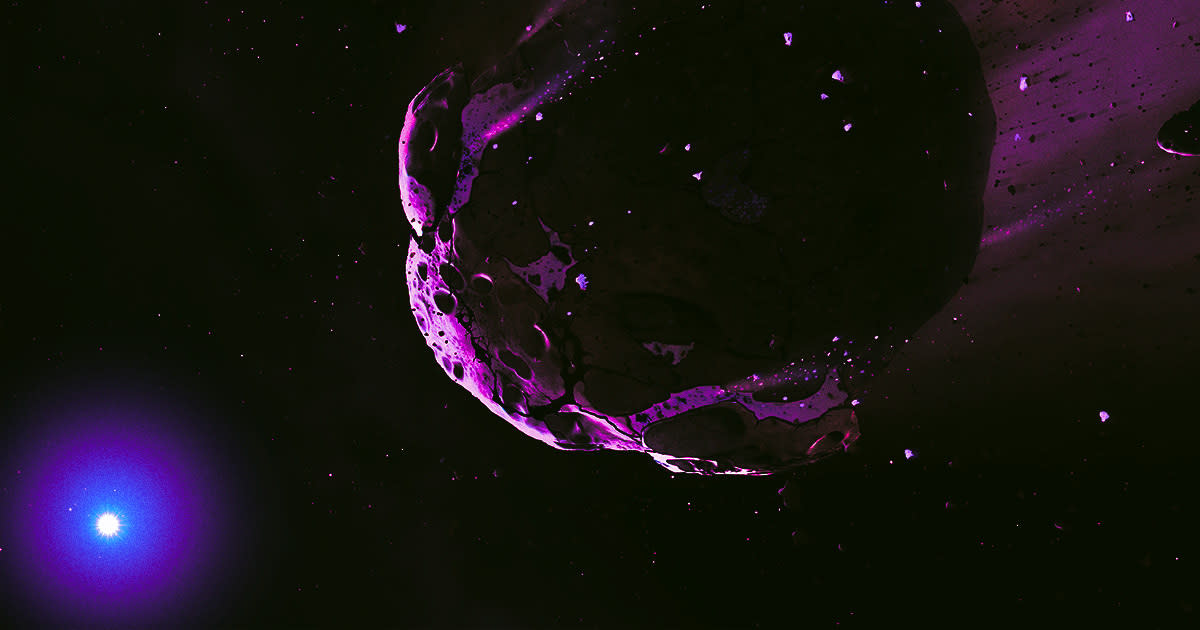Earth Surrounded by Dark Comets, Astronomers Claim

Rock of Ages
Besides the planets and their satellites, our solar system hosts countless rocky asteroids and glowing comets, all whizzing through the black vacuum of space.
But there are also mysterious objects called dark comets, which have the characteristics of both conventional asteroids and comets. And now an international team of astronomers say these objects could be so ubiquitous that they could have brought water to Earth in the distant past.
The astronomers, who have detailed their findings in the science journal Icarus, also determined that these dark comets, which may constitute as many as 60 percent of near-Earth objects, may have originated from the asteroid belt between Mars and Jupiter.
"We think these objects came from the inner and/or outer main asteroid belt, and the implication of that is that this is another mechanism for getting some ice into the inner solar system," Michigan astronomy doctoral candidate and study lead author Aster Taylor said in a statement.
Dark comets are like asteroids, but have or previously contained a small amount of ice as well, according to the paper. This ice makes them move like a comet once they get closer to the Sun, but they don't exhibit that tell-tale cloud of dust and gas that comets are known for.
The astronomers examined seven near-Earth objects that they identified as dark comets and calculated from their presence that up to 60 percent of near-Earth objects could be dark comets.
Computational models tracked their likely origin to the main asteroid belt, which means this region of space could have stores of ice, an idea that some astronomers have speculated on in the past.
"There may be more ice in the inner main belt than we thought," Taylor said.
Seeds of Life
The presence and the possible commonality of dark comets raises the idea that they could have had a hand in seeding Earth with water in the planet's early history.
Many astronomers think asteroids and comets brought water to Earth in the form of ice, with computational models analyzing the composition of these objects suggesting that they could have carried enough water to fill the oceans.
Besides water, near-Earth objects like asteroids and meteorites colliding with Earth could have brought bacteria and amino acids and other important molecules that basically served as molecular seeds that made life possible on our home planet.
Studying dark comets closely just might get us closer to answering those ultimate questions about the origin of life.
"We don’t know if these dark comets delivered water to Earth. We can’t say that. But we can say that there is still debate over how exactly the Earth’s water got here," Taylor said in the statement. "The work we’ve done has shown that this is another pathway to get ice from somewhere in the rest of the solar system to the Earth’s environment."
More on comets: Sun Blasts Comet, Breaking Off Its Tail

